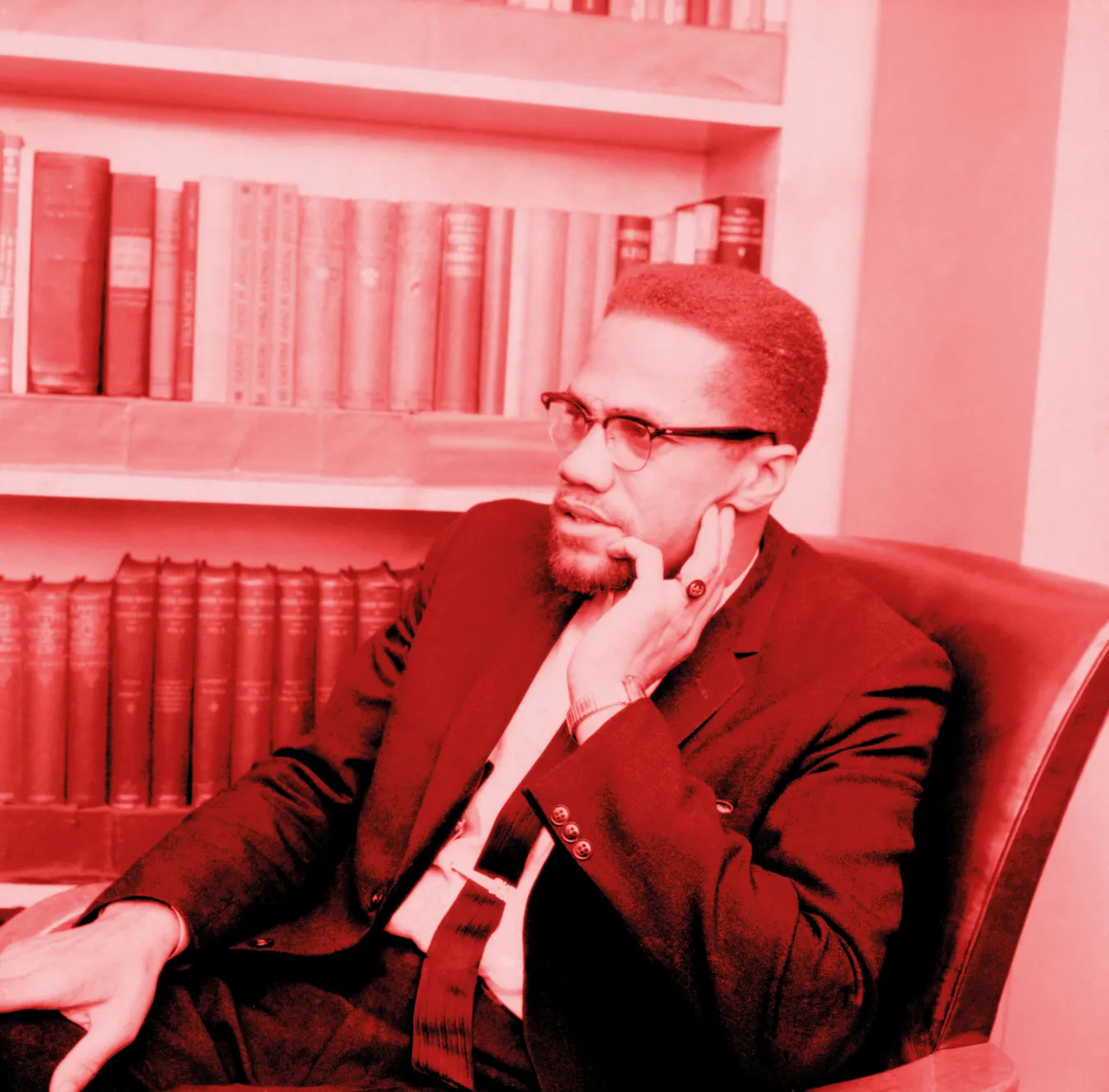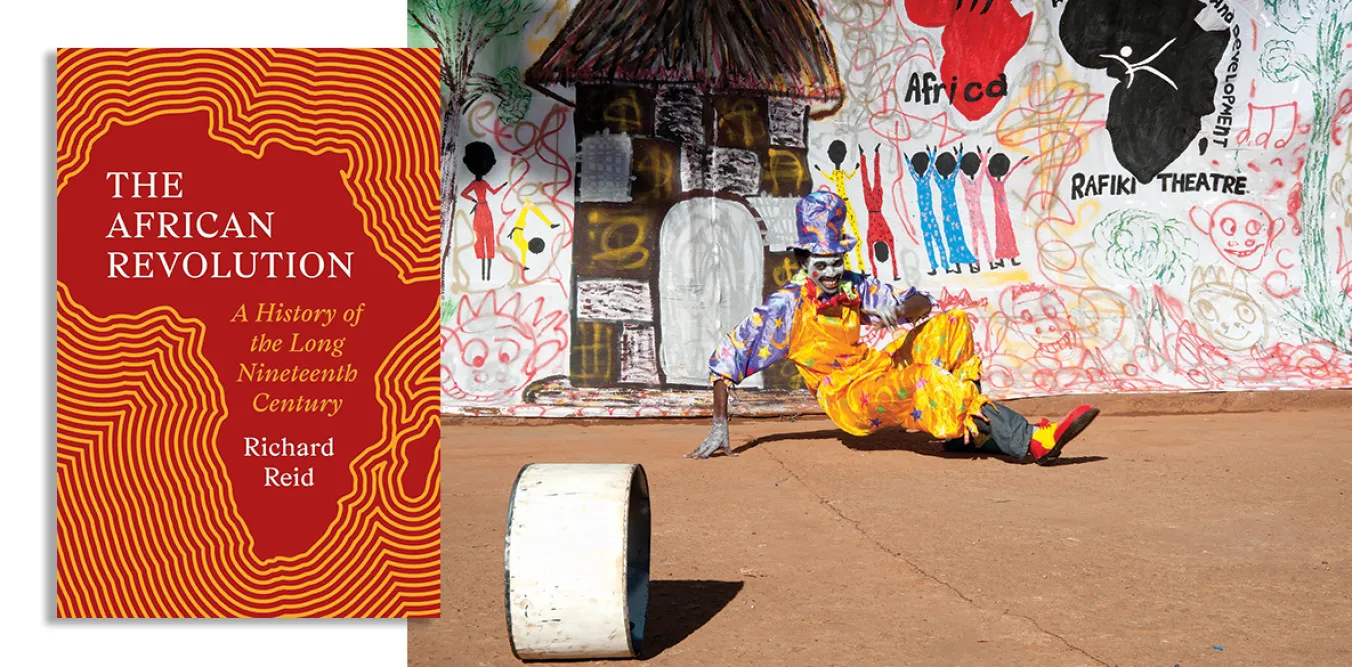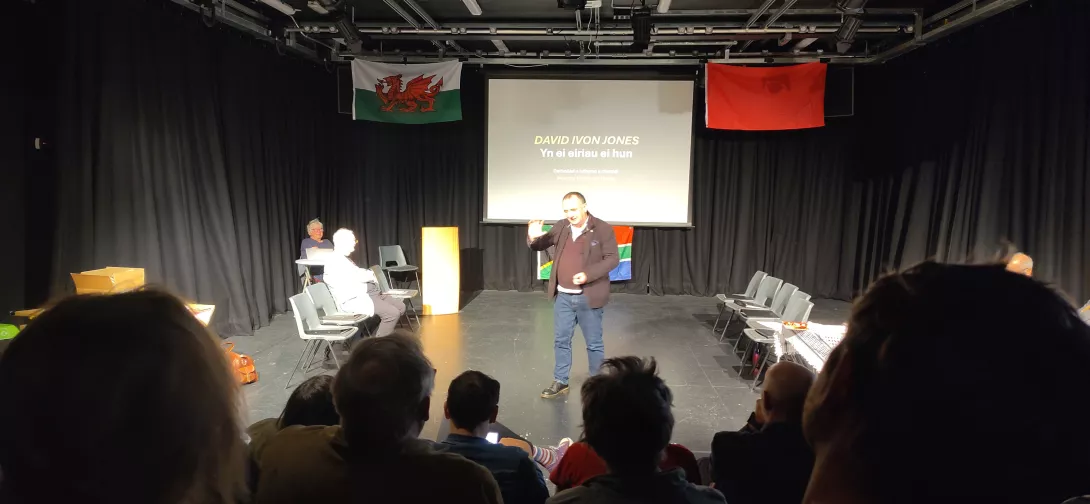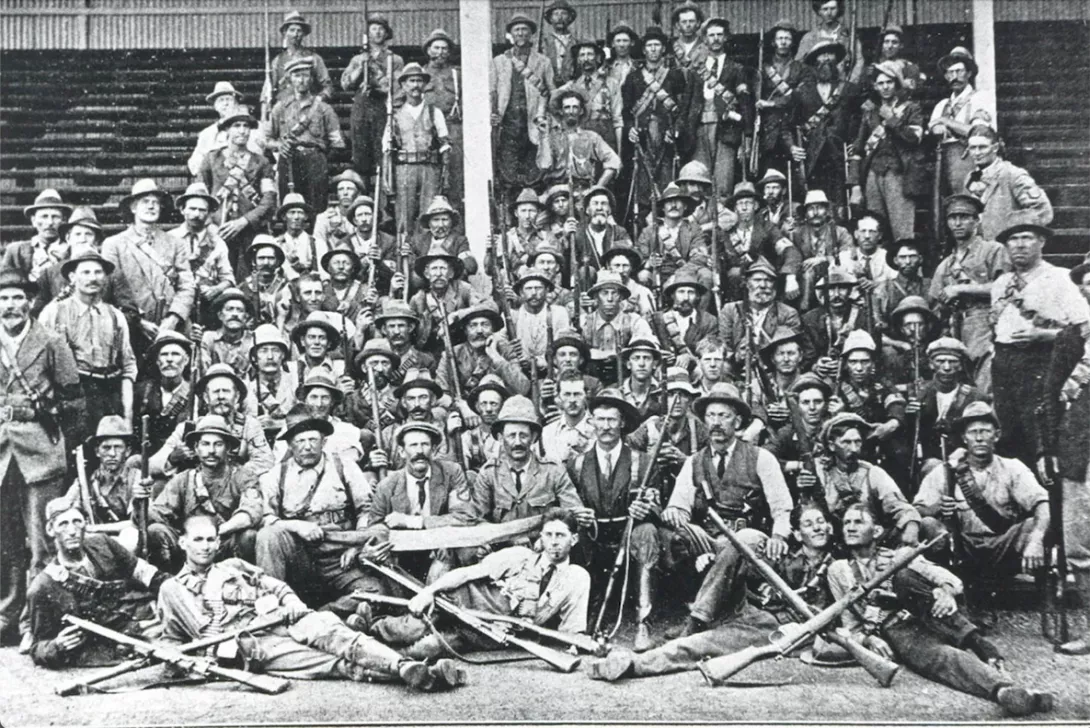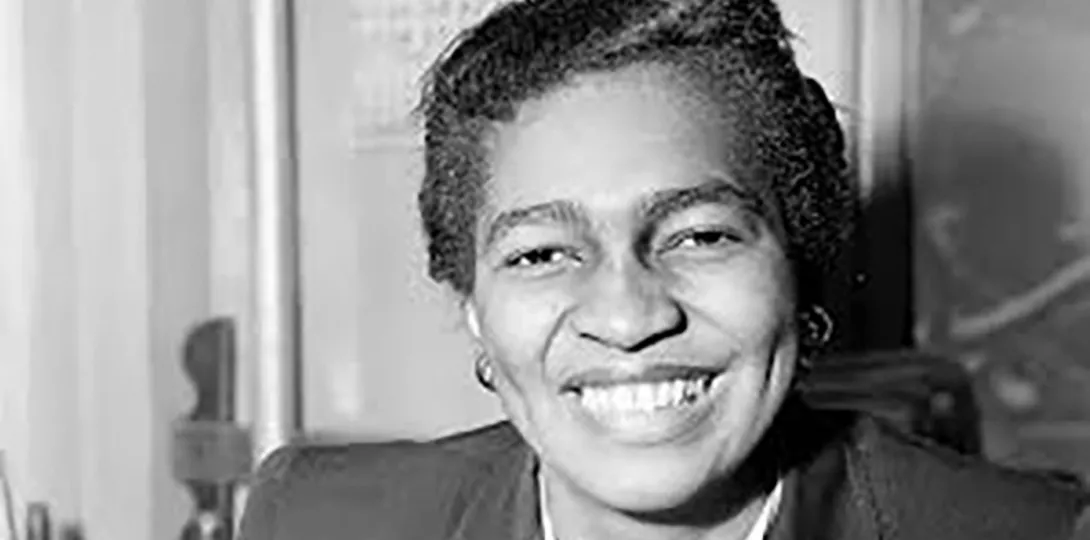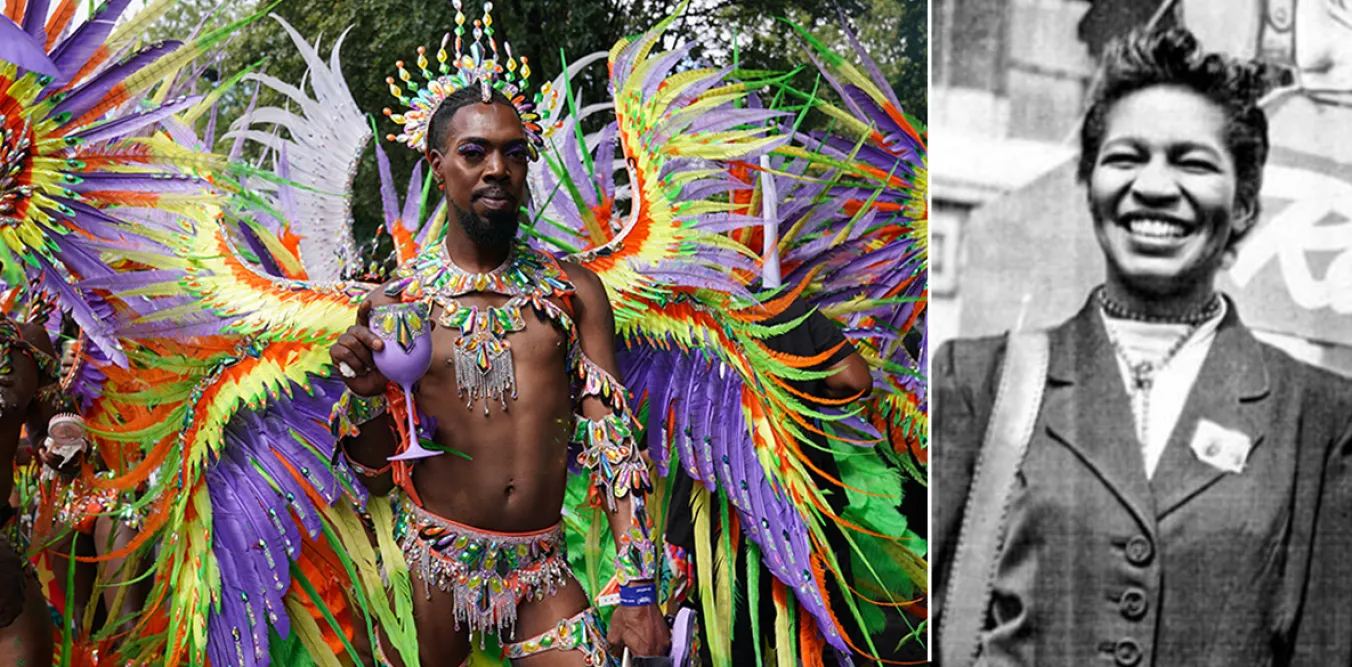
APPRECIATIONS of the legendary Claudia Jones often reduce her to the very honourable rank of “activist.” Some of them go out of their way to avoid mentioning that she was one of the leading communists of her or any other generation.
I know that it’s tough for some people to recognise that a black person, much less a black woman, could be given such an accolade. But these people need to suck it up and recognise that Britain was privileged to have on its shores a prime example of someone who managed to do something all communists strive to achieve — to link theory and practice.
Of course, it’s not just a case of ignoring Jones as a communist or woman. There is also the complete unwillingness in some quarters to accept that a black person could possibly be either a major organiser within the movement for socialism in Britain or an important journalist.
Both arenas are dominated in Britain by white people so it is far easier to portray Jones as one of the founders of the Notting Hill Carnival. After all, it is far easier to label a black person as good at singing and dancing rather than organising.
If only Jones played cricket and sang reggae music she would have been the perfect black person to many.
Of course, they can only reduce the importance of the Notting Hill Carnival through an ignorance of what the carnival actually represents.
Firstly, we need to understand that the Notting Hill Carnival that we see today is a highly gentrified version of the one Jones, Rhaune Laslett and other colleagues who founded the event had in mind.
It is now a highly commercialised gathering bringing together black and white people from across the world.
There is obviously nothing wrong with bringing black and white people together to have a good time. I rather like the idea. But there is certainly something wrong about the way an essentially working-class and peasant celebration has been gentrified and taken over by big business sponsorship.
The first decades of the Notting Hill Carnival were highly turbulent and it was often a site that racists, including the police, used to disrupt and attack the black community.
Jones was at the forefront of organising the carnival as a way to firstly unite the black community, at a time when many social gathering points were closed off to the black community, as well as blacks and whites.
The building of unity between blacks and whites was being attempted during a period when even unions, who were very happy to accept union subscriptions from black workers, were largely ambivalent about black immigration to Britain.
But the carnival was organised as a direct response to the so-called Notting Hill Riots of 1958, sparked by a vicious attack on a white woman, Majbritt Morrison, who had the audacity to marry a black man, Raymond Morrison, and to publicly argue with him in front of a group of whites.
After the argument, she was eventually physically attacked by a gang of white youths who objected to her marriage.
A mob of around 400 white people rampaged through the community attacking the homes of black people.
In a rare example of whites being punished for racist attacks, nine white youths were sentenced to five years in prison and ordered to pay a fine of £500.
But it was Jones who took the initiative to respond to the attacks on the black community by organising the carnival — although the first took place indoors at St Pancras Town Hall in 1959.
Not everyone in the black or white communities were remotely interested in trying to create unity. But Jones understood the importance of creating black and white working-class unity.
Jones was of course also a pioneer in the white world of journalism.
It was during her time in membership of the Communist Party of the US that Jones became Jones.
Born Claudia Cumberbatch, she adopted the surname Jones during her period of activism Stateside.
Jones’s activities led her to become the national director of the Young Communist League and later the “editor of negro affairs” for the party’s newspaper The Daily Worker.
She honed her craft as a journalist at the same time as she became recognised as one of the US party’s most able organisers.
Jones soon became a dynamic and experienced public speaker, giving speeches to increasingly large crowds.
She travelled around the US organising on behalf of the party. Inevitably her activities began to attract the attention of the US authorities at a time when the country was experiencing anti-communist hysteria that fuelled the McCarthy witch-hunts.
Jones was arrested and imprisoned four times by the US government. These imprisonments contributed to her later fragile health.
When she was eventually deported from the US to Britain in 1955 — she was born in Trinidad, a British colony — because of her communist activities, she immediately joined the Communist Party of Great Britain.
She founded and edited the West Indian Gazette in 1958, the first commercial black newspaper in Britain, which became an important vehicle for black liberation struggles in the country.
Jones became an inspiration for black journalists across the globe.
She made it possible for young black people to believe that journalism was a career that black people could follow. But this was no amateur hour — her journalism was first class.
Her writing was clear and her stories reflected the deep-seated racism that was faced by the black community in the late 1950s.
The National Union of Journalists Black Members Council has held an annual lecture since 1998 to celebrate the contribution to journalism that has attracted leading speakers such as Gary Younge and academic Dr Nicola Rollock.
Jones died on Christmas Day 1964 of a heart condition and tuberculosis.
She is buried in Highgate Cemetery to the left of Karl Marx.
The Communist Party will host its third gathering to remember the immense contribution made by Jones to the movement for socialism from 1pm at Highgate Cemetery this Sunday, February 25.
Speakers include PCS general secretary Fran Heathcote, barrister Dr Clare Holder, Corinne Skinner Carter, Pan-African activist Cecil Gutzmore and from the Communist Party, chair Ruth Styles and general secretary Robert Griffiths.
The memorial events for Jones should remind us of her immense contribution to the movement for international socialism. But it should also tell us that black activism is not just about black activists getting involved in so-called “black issues.”
Of course, black activists such as Jones will be interested in organising against racism but it is not the only thing that we do.
Black communists are part of the worldwide movement for socialism and this includes people of all backgrounds and nationalities and all colours.
This fact must be remembered and celebrated as one of the great gifts left to us by Jones.
